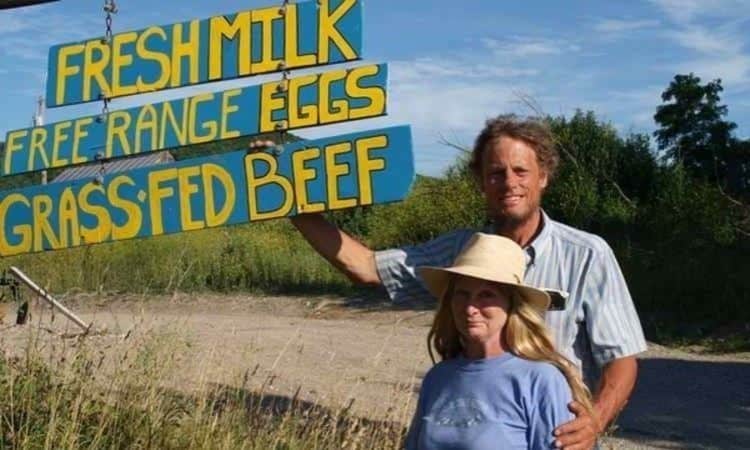According to documentary filmmaker Sarah Teale, there’s one aspect of the food movement that doesn’t get enough attention: the plight of small- and medium-size farmers who are struggling to stay afloat. As a farmer herself and the New York City sales contact for the Adirondak Grazers Cooperative (ADK), Teale knows about this problem firsthand.
New York State loses a family farm every three days, says Teale. This loss is more than just economic; it means the loss of a way of life, generations of farming knowledge, and small town infrastructure. She and co-director Lisa F. Jackson decided to tell this story in Grazers: A Cooperative Story, which follows several farmers as they try to save their farms from the effects of a dwindling dairy industry by forming a cooperative.
“Everyone is getting into the local food movement, but they don’t understand how tough it is for farmers to make a living wage,” says Teale. “They get up before dawn, work hard all day, seven days a week, and see very little, if anything, for it. We hope that with the cooperative, they will be able to get a premium for their beef, and with the knowledge that they have an even and fair market, they will be able to expand.”
Teale and Jackson began by creating small portraits of farmers in Washington County, New York for the ADK’s website, but they soon realized that the farmers’ collective struggle to raise and sell beef could illustrate larger issues related to getting local food to market.
The documentary shows how these farmers attempted to raise beef cattle instead of dairy cows, but this only created another problem—they couldn’t survive on the low prices they received at auction houses. Undeterred, they banded together to sell their beef directly to restaurants and butchers in New York City. Though other farmers have tried and failed with this model, says Teale, these men and women are determined to succeed. The cooperative is now two years old, has 32 member farms, and is on track to sell more than US$1 million of grass-fed beef. It sells primarily to retailer Fresh Direct as well as several restaurants and small butchers.
“The co-op model does work,” says Teale, “[especially] for getting meat on scale so a lot of farmers can supply a restaurant. As the local food movement grows and starts to aggregate, I’m worried that farmers markets won’t be enough. The cooperative model can provide greater wholesale income for farmers and allow them to grow their herds with confidence.”
Teale and Jackson, meanwhile, face the challenge of financing the final editing and mixing of the film. They launched a Kickstarter campaign to complete the project. They hope to use the film to not only draw attention to the issues facing the small farmer, but to also explore the meaning and value of the small farm.
Is this small-scale model sustainable, they want to know, and does careful stewardship of the land pay off?















